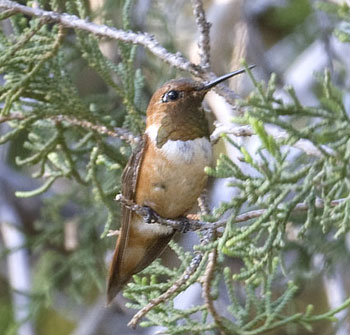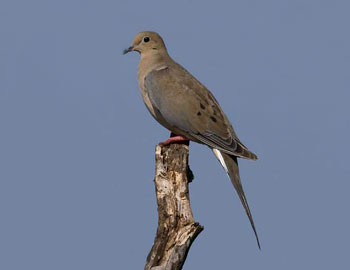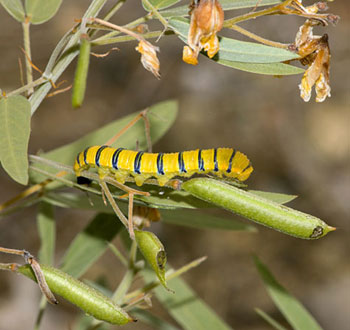Archive for 'Census' Category
- Saw a large armadillo chase a smaller one through the woods, they both rustled in the branches of a fallen juniper tree, then the smaller one fled. Presumed to be a male chasing and mating with a female armadillo.
- Red-headed Ladder-backed woodpecker
Posted in
2008 Journal, Census
Competitive birder visited in hopes of finding a broad tailed hummingbird. Instead saw a Rufous hummingbird.

Caretaker's note: A "competitive birder" is one who competes with other bird watchers to find the first species in a certain area in the season. It is a friendly competition that experienced bird watchers use to sharpen their skills at identifying birds.

- Sparrows
- Eastern phoebe
- Jackrabbit
- Heard woodpeckers
Learned that Johnson grass has value for wildlife. King Ranch bluestem has no wildlife value.
Hackberry trees are valuable for cavity nesting birds and the sugarberries are an important wildlife food.
Posted in
2008 Journal, Census, Habitat
First rain in a very long time. Yet, still need to fill 1 thousand gallon rain tank from water well source for shallow pan drip. Also filled man-made pond with water hose from well source.

Posted in
2008 Journal, Census, Water
Very dry conditions have limited the numbers of usual insects and bugs this year and as a result, fewer birds. Burn ban in county.
Captured many butterfly photos:

Caretaker's note: This was the first recorded sighting this year of the White Angled Sulphur in Hays County according to the butterfly experts at the Texas Lepidoptera Survey.
Posted in
2008 Journal, Census
Fat ribbon snake near pond, likely eating frogs
Posted in
2008 Journal, Census
<< Previous Entries




